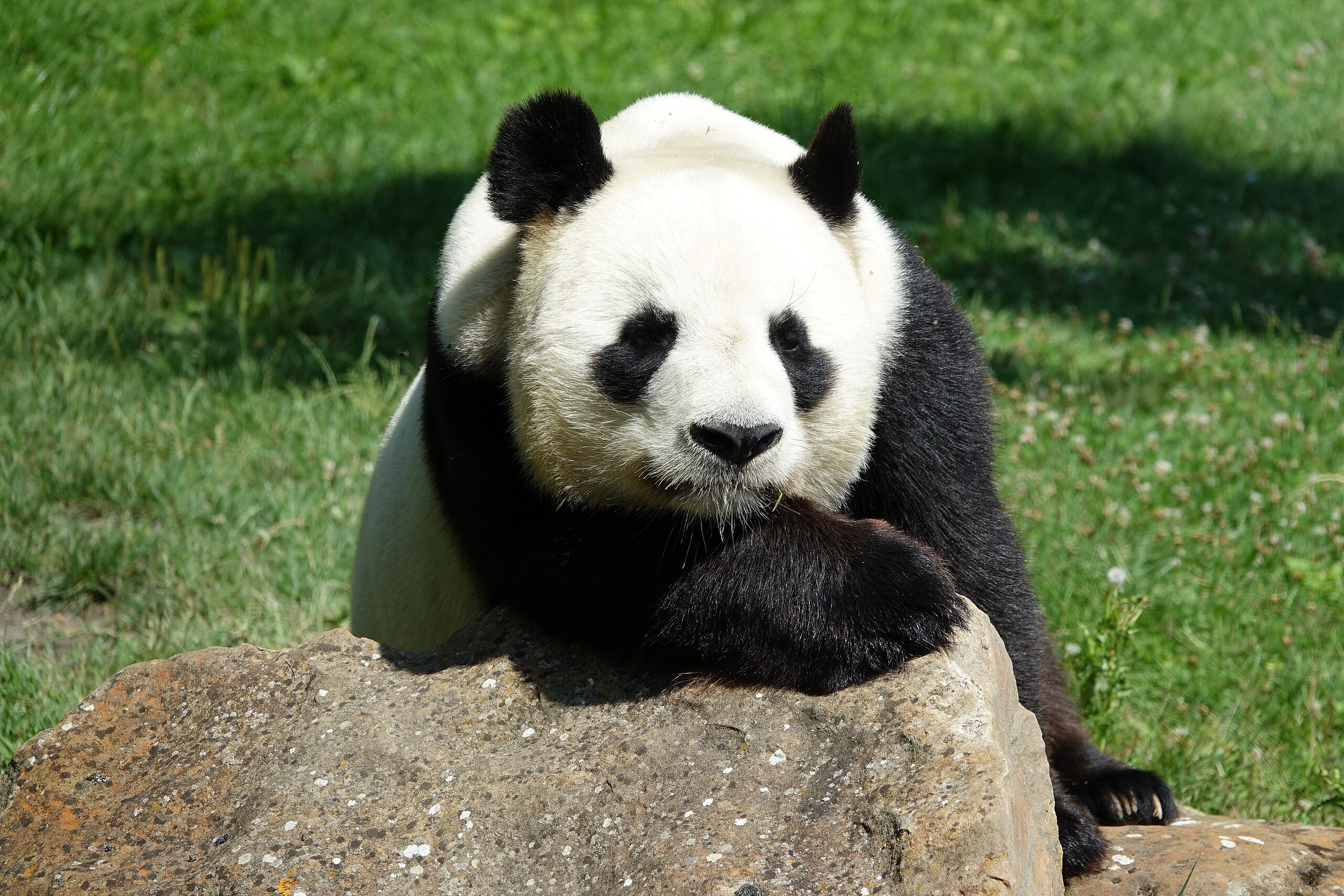Woolly mammoths (Mammuthus primigenius) served as the poster child of what the Earth looked like during the last ice age for quite some time now; it seemed like the equivalent of what T-rex symbolized, but for a time near the beginning of the Age of Humans instead.
These majestic elephant relatives were one of the last of their kind, having existed on Earth between 400,000 years ago during the Middle Pleistocene to having the last of their kind die out just 4,000 years ago on Wrangel Island off the coast of Russia. And yes, that meant that woolly mammoths stuck around long enough to have been around, albeit on their last legs, by the time Egypt’s great pyramids were being built.
But ultimately, they became just that—extinct. And for years, experts have been going back and forth with each other over reasons why these creatures went out the way they did. Several reasons have been shuttled for their disappearance, one of which being overhunting by the ancient humans who were already around at the time.
This question has remained in the scientific zeitgeist for decades—and a team of scientists led by a University of Cambridge researcher and University of Copenhagen Lundbeck Foundation GeoGenetics Centre director Prof. Eske Willerslev was determined to figure it out. They published what they had found in the journal Nature.
Willerslev and team reached the conclusion that these animals were wiped out not just by simply climate change, but primarily by how fast this change occurred. They got this with the help of genomic sequencing of some 1,500 Arctic plants, which gave insights into how plants and animals responded to the turbulent ancient climate shifts.
They also checked previous findings on the last-known woolly mammoth populations in Wrangel Island and Alaska’s St. Paul Island, and found that the two isolated populations were actually closely related.
“Scientists have argued for 100 years about why mammoths went extinct,” said Willerslev. “Humans have been blamed because the animals had survived for millions of years without climate change killing them off before, but when they lived alongside humans they didn’t last long and we were accused of hunting them to death. […] And we should remember that there were a lot of animals around that were easier to hunt than a giant woolly mammoth—they could grow to the height of a double decker bus!”
Said Dr. Yucheng Wang, a Department of Zoology researcher at the University of Cambridge: “The most recent Ice Age ended 12,000 years ago when the glaciers began to melt and the roaming range of the herds of mammoths decreased. It was thought that mammoths began to go extinct then but we also found they actually survived beyond the Ice Age all in different regions of the Arctic and into the Holocene — the time that we are currently living in — far longer than scientists realised.”
According to the team’s results, the population spread of these mammoths got smaller and smaller as the climate shifted towards warmer temperatures at a “rapid” pace, heating the frozen plains these animals used to call home. As a result of this population spread diminishing, their genetic diversity suffered too, making it harder for these animals to sustain a population. This was especially the case once these mammoths were essentially stranded on Arctic islands as the ice around them melted into water again.
Finally, one of the most striking conclusions Willerslev and team arrived at is their stance that humans barely had a role in the extinction of these mammalian megafauna at all.
“The ecosystem changed and the biomass of the vegetation reduced and would not have been able to sustain the herds of mammoths. […] We have shown that climate change, specifically precipitation, directly drives the change in the vegetation — humans had no impact on them at all based on our models.”
(For more on how the last Ice Age impacted life on Earth, check out its effects on our own ancient human relatives. Additionally, similar genomic sequencing efforts were used on Atlantic puffins, in an effort to save their species.)
References
- Sci-News. (2021, October 20). Rapid Climate Change Wiped Out Woolly Mammoths, Study Confirms. Sci-News. http://www.sci-news.com/paleontology/rapid-climate-change-woolly-mammoths-10187.html
- Wang, Y., Pedersen, M. W., Alsos, I. G., De Sanctis, B., Racimo, F., Prohaska, A., Coissac, E., Owens, H. L., Merkel, M. K. F., Fernandez-Guerra, A., Rouillard, A., Lammers, Y., Alberti, A., Denoeud, F., Money, D., Ruter, A. H., McColl, H., Larsen, N. K., Cherezova, A. A., … Willerslev, E. (2021). Late Quaternary dynamics of Arctic biota from ancient environmental genomics. Nature, 1–7. https://doi.org/10.1038/s41586-021-04016-x











